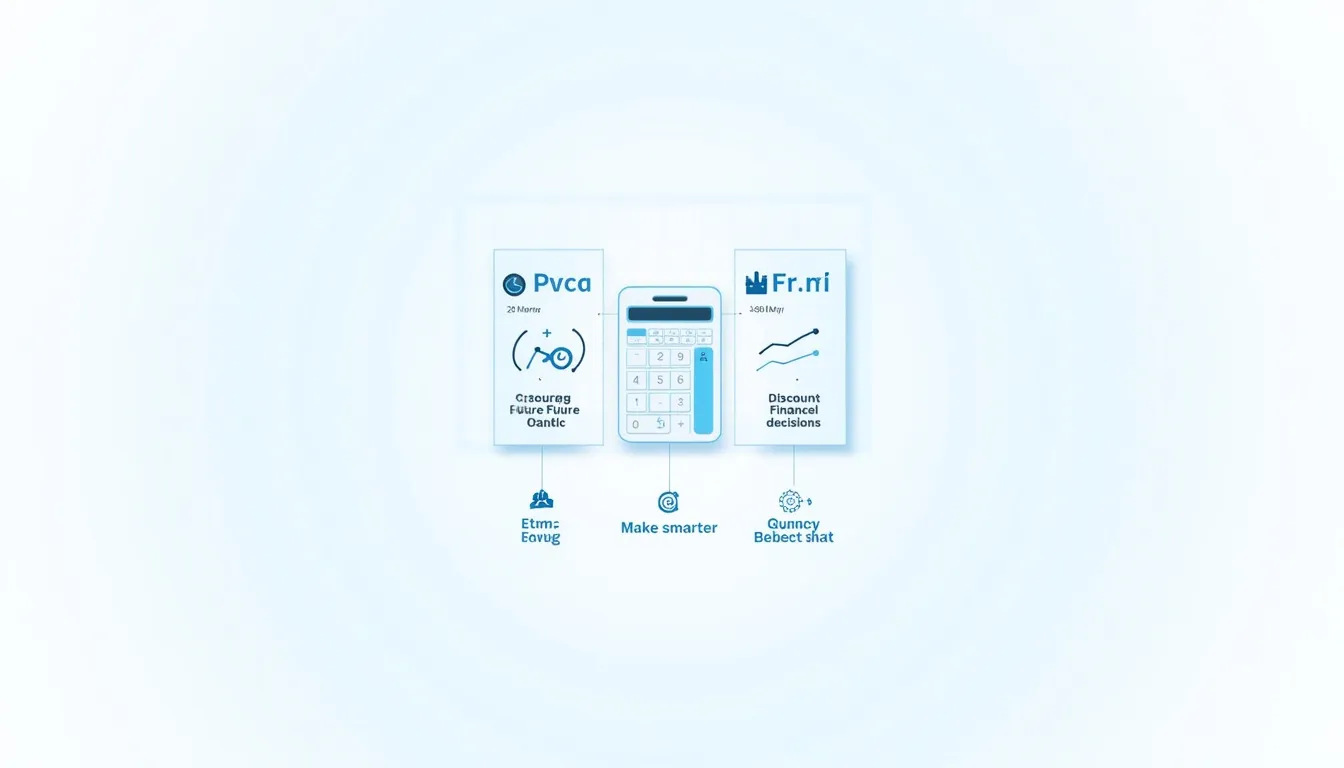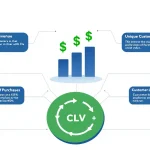Present Value of Cash Flows Calculator
Is this tool helpful?
How to use the tool
- Number of Years – type how many future periods you forecast, e.g., 3 or 5.
- Current Cash Flow (CF₀) – enter the immediate outflow/inflow, e.g., -10 000 USD or 2 500 USD.
- For each year add:
- Cash Flow – projected amount such as 4 000 USD or -1 200 USD.
- Discount Rate % – risk-adjusted rate like 6.0 % or 8.5 %.
- Press “Calculate Present Value” to display the net present value (NPV). Positive NPV suggests the project adds value.
Formula implemented
For n years the calculator sums:
$$ PV = CF_0 + \sum_{t=1}^{n} rac{CF_t}{(1+r_t)^t} $$where CFt is the cash flow in year t and rt is that year’s discount rate.
Worked Example 1
- CF₀ = −10 000
- Year 1 = 4 000 @ 6 %
- Year 2 = 4 500 @ 7 %
- Year 3 = 5 000 @ 8 %
PV = −10 000 + 4 000⁄1.06 + 4 500⁄1.1449 + 5 000⁄1.2597 = 1 677.9 USD.
Worked Example 2
- CF₀ = −50 000
- Year 1 = 12 000 @ 5 %
- Year 2 = 15 000 @ 5 %
- Year 3 = 17 000 @ 6 %
- Year 4 = 20 000 @ 6 %
- Year 5 = 23 000 @ 7 %
PV = −50 000 + 11 428.6 + 13 610.1 + 14 276.5 + 15 853.5 + 16 395.7 = 21 564.4 USD.
Quick-Facts
- Typical corporate discount rates: 6-10 % (Damodaran, 2023).
- Positive NPV signals value creation (Berk & DeMarzo, 2020).
- Average U.S. CPI inflation 2013-2022: 2.5 % (BLS, 2023).
- IFRS requires present-value testing for impairment reviews (IFRS 36, 2021).
FAQ
What is present value of cash flows?
Present value converts future cash amounts into today’s money by discounting at a rate reflecting risk and inflation (Berk & DeMarzo, 2020).
Which discount rate should I choose?
Use your weighted average cost of capital or a risk-free rate plus risk premium; many firms pick 6-10 % (Damodaran, 2023).
How does a higher discount rate affect PV?
A higher rate reduces each discounted term, lowering PV and making positive NPV harder to achieve (Investopedia, URL).
Can PV be negative?
Yes—negative PV means discounted inflows fail to cover outflows, signalling wealth destruction (Corporate Finance Institute, URL).
Why include CF₀ separately?
CF₀ occurs now, so its discount factor equals 1; combining it maintains clarity and prevents timing errors (Brigham, 2021).
Do taxes change cash flow inputs?
Yes—use after-tax cash flows because taxes are real costs affecting available funds (IRS Publication 535, 2022).
Is PV suitable for short-term decisions?
Yes, but impact shrinks as horizon shortens; simple payback may suffice for under-one-year projects (Koller et al., 2020).
How accurate is the calculator?
It applies the standard PV formula precisely; accuracy depends on how realistic your cash flow and rate estimates are.
Important Disclaimer
The calculations, results, and content provided by our tools are not guaranteed to be accurate, complete, or reliable. Users are responsible for verifying and interpreting the results. Our content and tools may contain errors, biases, or inconsistencies. Do not enter personal data, sensitive information, or personally identifiable information in our web forms or tools. Such data entry violates our terms of service and may result in unauthorized disclosure to third parties. We reserve the right to save inputs and outputs from our tools for the purposes of error debugging, bias identification, and performance improvement. External companies providing AI models used in our tools may also save and process data in accordance with their own policies. By using our tools, you consent to this data collection and processing. We reserve the right to limit the usage of our tools based on current usability factors.







